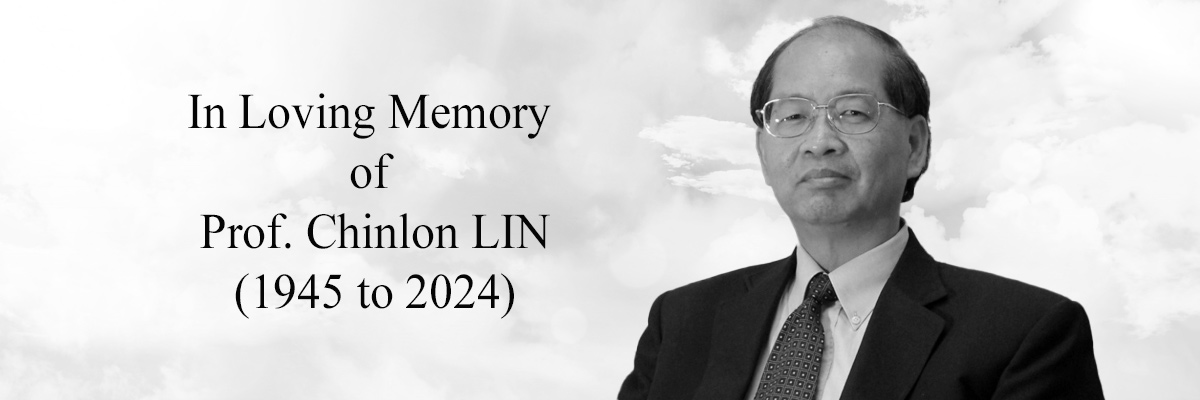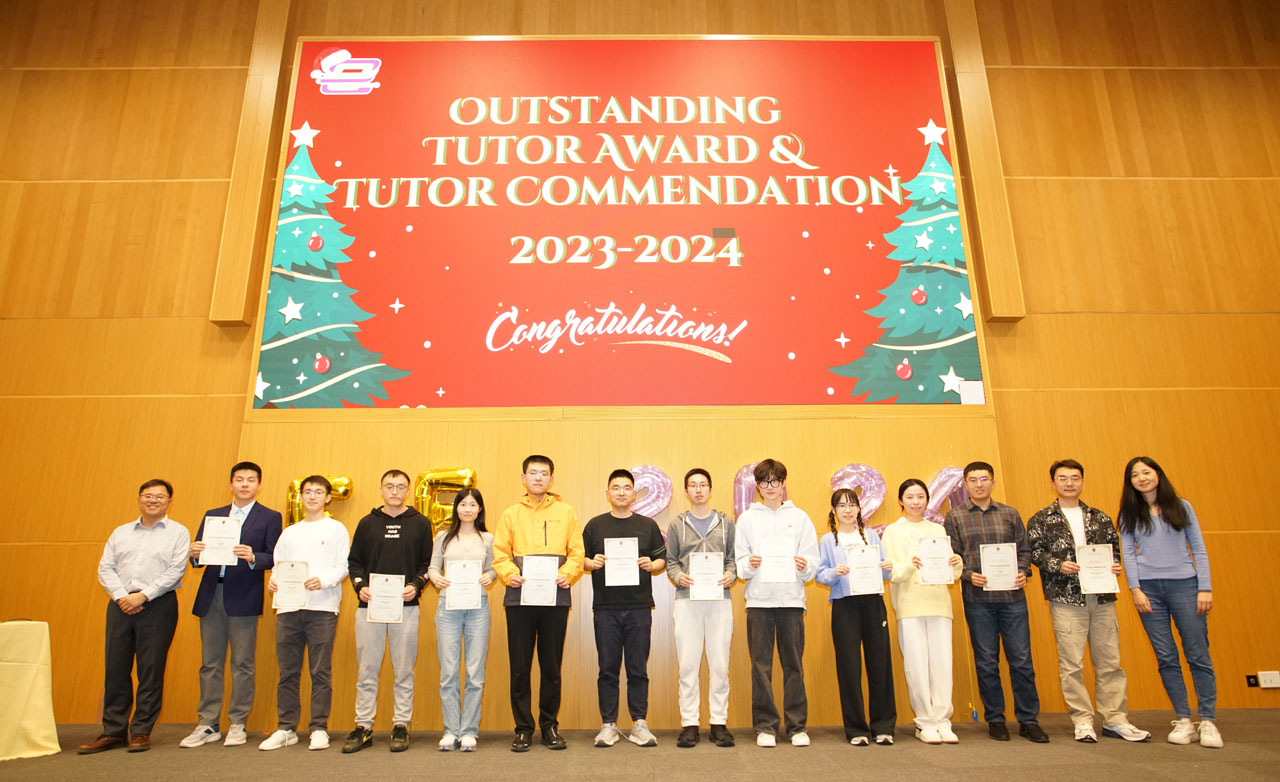Homepage
Home
16 tutors are granted for the Outstanding Tutor Award or Tutor Commendation 2023-24 of the Department of Electronic Engineering, to recognize their excellent service in teaching in 2023-24. Below is the awardee list and congratulations!
Outstanding Tutor Award 2023-24
- LI, Runze
- LUO, Mingcheng
Tutor Commendation 2023-24
- CHEN, Changyuanp
- GAO, Yun Hung
- LI, Runkun
- LI, Shumeng
- LI, Zijian
- NIE, Yikun
- SHI, Wentao
- SUN, Xin
- WANG, Weihao
- WANG, Xiao
- ZHANG, Mingyuan
- ZHANG, Yameng
- ZHENG, Yibin
- ZHU, Jiasen

It is with deep sadness we announce the passing of our esteemed Prof. Chinlon Lin on December 28, 2024.
Professor Chinlon was a Professor of Photonics at the Faculty of Engineering, the Chinese University of Hong Kong. He was among the pioneer in optical fiber communications and optical broadband access, making significant contributions to technological advancement. On behalf of the Department of Electronic Engineering at CUHK, we extend our heartfelt condolences to Professor Lin’s family. He will be greatly missed.
Professor Lin is a world-renowned expert, with 50+ years of research and teaching experience, in the field of laser photonics technologies and broadband optical fiber communications systems. He was with AT&T Bell Labs, Holmdel, NJ and Bellcore, Red Bank, NJ for many years. He was the first to originate the idea and experimental demonstration of dispersion-shifted single-mode fibers (DSF) as well as dispersion-compensation fibers (DCF). He joined Bellcore in 1986, as Director of Broadband Lightwave Systems Research. From 2003 to 2007, he was a Chair Professor of Photonics and Director of the Center for Advanced Research in Photonics (CARP) at the Chinese University of Hong Kong (CUHK). During this time, he also established the Institute of Optical Science and Technology (IOSAT) and held professorships in both the Electronic Engineering and Information Engineering departments. From April 2008 to April 2010 he was a Nanyang Professor at the School of EEE at Nanyang Technological University (NTU) in Singapore and also served as Director of Photonics Research Center. From 2011-2013, he was a short-term visiting professor at KTH (Royal Institute of Technology), at Kista, Stockholm, Sweden, (2011), at Technical University of Berlin, Germany (2012), and at Institute of Femto-ST, in UCF, Besancon, France (2013). He has also been a Guest Chair Professor of National Chiao-Tung University and National Sun Yat-Sen University in Taiwan and Bao Yu-Gang Guest Chair Professor of Zhejiang University in China. Professor Lin is a Life Fellow of IEEE’s Photonics Society and Fellow Emeritus of Optica (formerly Optical Society of America).
Prof. Martin Stolterfoht, Prof. Wong Ching-ping and Prof. Xu Jianbin have been named on the list of Highly Cited Researchers 2024. Released recently by Clarivate Analytics, this annual list recognises researchers who have demonstrated significant and broad influence in their fields of research. Each researcher selected has authored multiple highly cited papers which rank in the top 1% by citations for their fields and publication year in the Web of Science over the past decade.
For details, please refer to https://bit.ly/3Z0R4hl.
Electronic Engineering in the Chinese University of Hong Kong was ranked #35 in the 2024 Shanghai Ranking of Academic Subjects..
For details, please refer to https://www.shanghairanking.com/rankings/gras/2024/RS0202
Ady SUWARDI of EE received the award on Sept 9, 2024.
Prof. Martin Stolterfoht, Prof. Wong Ching-ping and Prof. Xu Jianbin have been named on the list of Highly Cited Researchers 2024. Released recently by Clarivate Analytics, this annual list recognises researchers who have demonstrated significant and broad influence in their fields of research. Each researcher selected has authored multiple highly cited papers which rank in the top 1% by citations for their fields and publication year in the Web of Science over the past decade. For details, please refer to https://bit.ly/3Z0R4hl.
Subcategories
2025 Article Count: 4
2024 Article Count: 14
2023 Article Count: 17
2022 Article Count: 19
2015 Article Count: 12
2014 Article Count: 16
2013 Article Count: 20
2012 Article Count: 14
2011 Article Count: 10
2010 Article Count: 12
2009 Article Count: 20
2008 Article Count: 25
2007 Article Count: 2
2020 Article Count: 10
2021 Article Count: 15
2019 Article Count: 7
2018 Article Count: 8
2017 Article Count: 14
2016 Article Count: 20




